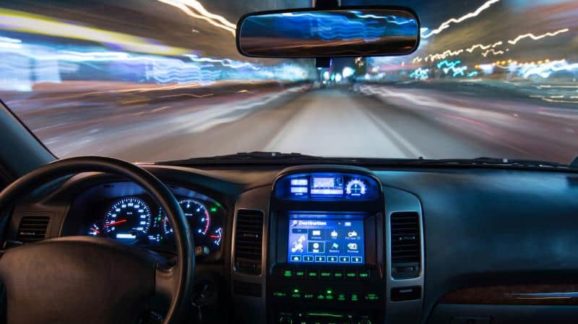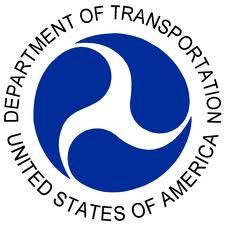Can Self-Driving Taxis Reduce Urban Poverty?

 In last year’s omnibus spending package, Congress allocated up to $1.5 million to the U.S. Department of Transportation (USDOT) to conduct a study on the workforce impacts of automated vehicles (AVs). USDOT recently requested comments on the scope of this study and I have submitted comments on behalf of the Competitive Enterprise Institute in response.
In last year’s omnibus spending package, Congress allocated up to $1.5 million to the U.S. Department of Transportation (USDOT) to conduct a study on the workforce impacts of automated vehicles (AVs). USDOT recently requested comments on the scope of this study and I have submitted comments on behalf of the Competitive Enterprise Institute in response.
To date, much of the debate over the potential labor market effects of AVs has focused on the elimination of driving jobs in trucking, taxicabs, and transit. Unions representing these workers are fearful their members’ jobs will be rapidly replaced by robots. Personally, I’m skeptical that such a shock will ever play out, instead suspecting a gradual phase-in of the technology and an employer strategy of attrition with respect to future unnecessary human driver employees.
But I’m much more interested in how AVs could potentially solve a longstanding urban transportation problem: providing job market access to the transit-dependent urban poor. Below is a summary of our comments on what sort of research USDOT should be conducting.
- Among urban economists, a popular explanation for the persistent concentration of poverty in central cities is the existence of mass transit. This allows poor people to forgo the financial costs of owning a car.
- Human beings across time, space, income, and culture are generally willing to commute 30 minutes from home to work, for an average daily commute of one hour. This is called Marchetti’s constant, after the Italian physicist who popularized the theory. This “universal law of commuting” has been supported by empirical research.
- In the United States, mass transit is unpopular but lavishly subsidized relative to its market share. Unfortunately, even with these subsidies, mass transit enables its riders to access only a small fraction of the metropolitan area jobs compared to car drivers. This puts the transit-dependent urban poor at a severe labor market disadvantage and likely perpetuates their poverty.
- Recent research on projected AV costs suggests private taxi-style AVs could see passenger-mile costs fall below those of conventional buses.
- Taken together, this suggests the future availability of door-to-door AV taxi services could improve the job prospects of the urban poor and reduce unemployment and persistent poverty.
Read the full comment letter here.